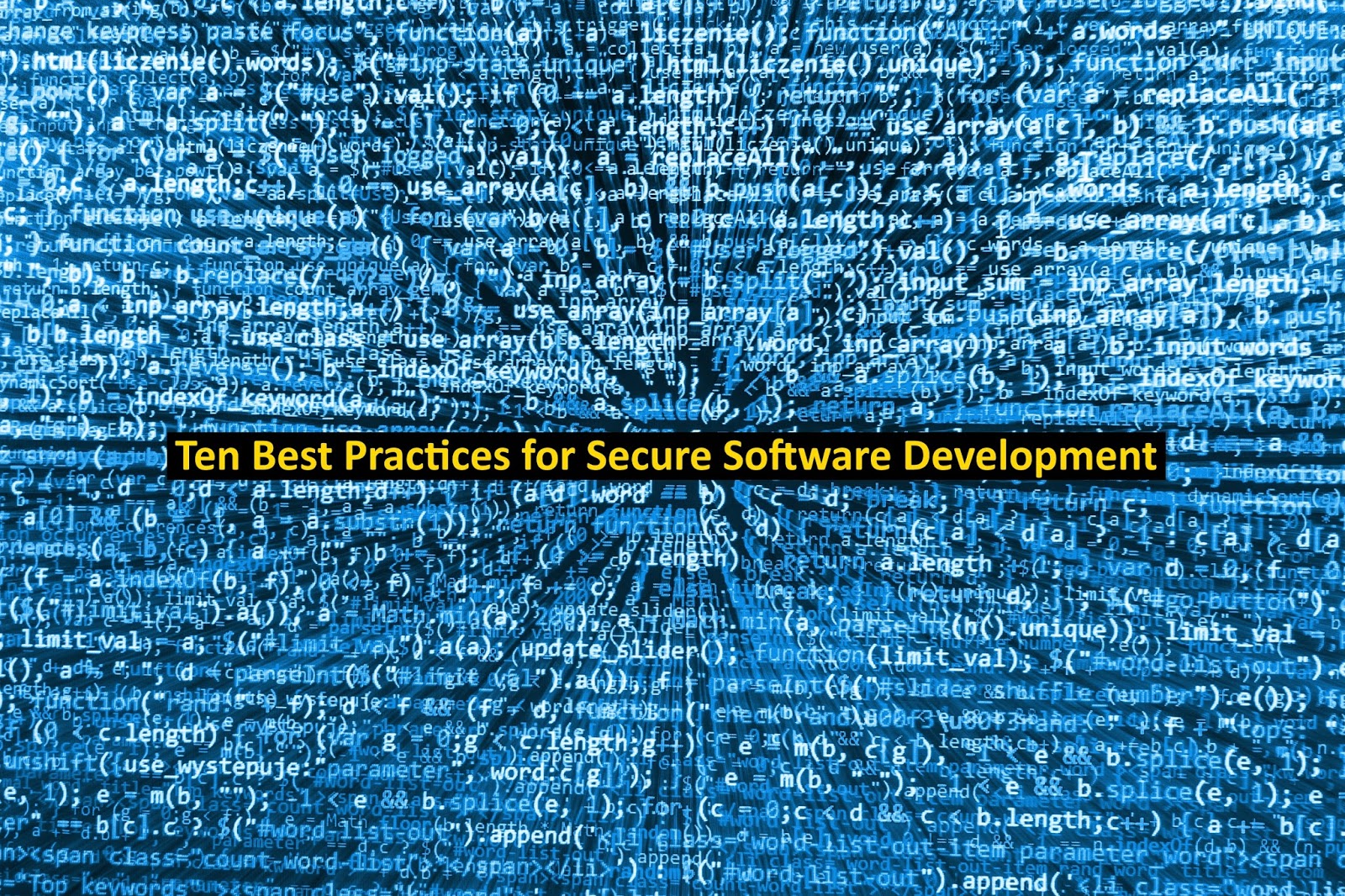Best Practice #5: Know the Basic Tenets of Software Security
When it comes to secure software for asp.net software companies in india,
there are some tenets with which the SSLP must be familiar. These basic tenets are: protection from
disclosure (confidentiality); protection from alteration (integrity);
protection from destruction (availability); who is making the request
(authentication); what rights and privileges does the requestor have
(authorization); the ability to build historical evidence (auditing); and the
management of configuration, sessions, and exceptions. Knowledge of these basic
tenets, and how they can be implemented in software, is of vital importance for
the SSLP.
Best Practice #6: Ensure the Protection of Sensitive Information
In addition to ensuring that the
brand your customers trust is protected, it is essential that any sensitive
information be protected as well for asp.net software companies india. Sensitive information refers to any
information upon which the organization places a measurable value. By
implication, this is information that is not in the public domain and would
result in loss, damage, or even business collapse should the information be
lost, stolen, corrupted, or in any way compromised. Sensitive information may
be personal, health, financial, or any other information that can affect the
competitive edge of your organization.
Best Practice #7: Design Software with Secure Features
The MSDN article on “Lessons
Learned from Five Years of Building More Secure Software,”d under the heading
“It’s not just the code,” highlights that many software security
vulnerabilities are not coding issues at all but design issues. When one is exclusively focused on finding
security issues in code, that person runs the risk of missing out on entire
classes of vulnerabilities. Security issues in design and semantic flaws (ones
that are not syntactic or code related), such as business logic flaws, cannot
be detected in code and need to be inspected by performing threat models and
abuse cases modeling during the design stage of the SDLC.
Best Practice #8: Develop Software with Secure Features
Designing for security in
software is futile unless you plan to act on the design and incorporate
necessary secure controls during the development stage of your software
development lifecycle for c#.net software companies in india. It is imperative that secure features are not ignored
when design artifacts are converted into syntax constructs that a compiler or
interpreter can understand. Writing
secure code is no different than writing code that is usable, reliable, or
scalable.
Best Practice #9: Deploy Software with Secure Features
Most software development teams
would agree that, often, software that works without any issues in development
and test environments will start experiencing hiccups when deployed/ released
into a more hardened production environment. Post mortem analyses in a majority
of these cases reveal that the development and test environments do not
properly simulate the production environment. Fundamentally, this is a
configuration management issue. Changes made to the production environment
should be retrofitted to the development and test environments through proper
change management processes.
Best Practice #10: Educate Yourself and Others on How to Build Secure Software
The need to design, develop, and
deploy more secure software is evident
from the security incidents prevalent in the industry, and the plethora of regulations and privacy
requirements one needs to comply with .
The modus operandi of software today is the infamous release-and-patch
cycle for c#.net software companies india. To combat this vicious cycle of release-and-patch, there is a need for a
change – to create a culture that factors in software security from the very
beginning by default. Creating a security culture can be accomplished through
education. The National Institute of Standards and Technology (NIST) states
that education should cause a change in attitudes, which in turn will change
the organizational culture. In essence, this cultural change is the realization
that IT security is critical because a security failure has potentially adverse
consequences for everyone and, therefore, IT security is everyone’s job. Even
the most expensive security measures can be thwarted by people, and educating
people about software security is of paramount importance
Conclusion
The importance of educating
people and creating a culture that views software security as second nature is
crucial. The newest certification from (ISC), the Certified Secure SoftwareLifecycle Professional (CSSLPCM), is a step in that direction. Covering areas
that ensure security is considered throughout the entire software lifecycle,
the CSSLP is created around the specific need for building security in the
software lifecycle.
Software development involves various
stakeholders. Those tasked to build software securely must follow certain
directives. These “Ten Best Practices for a Secure Software Lifecycle
Professional” when followed will ensure that the SSLP build secure,
hackresilient, and compliant software.
Courtesy: Sanika Taori

No comments:
Post a Comment